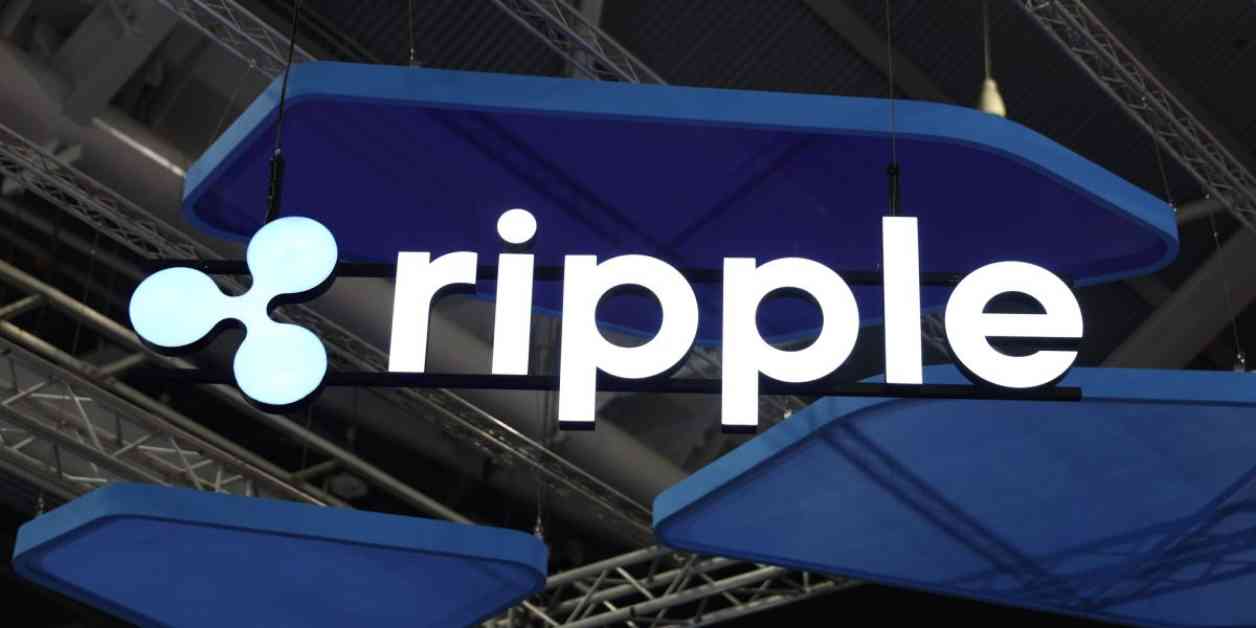Ripple, a prominent player in the cryptocurrency industry, has recently embarked on a significant journey by testing its stablecoin on the XRP Ledger and Ethereum blockchains. This move marks the company’s foray into the stablecoin market, with the introduction of a U.S. dollar-pegged cryptocurrency named Ripple USD (RLUSD). Backed by a combination of U.S. Treasuries, dollar deposits, and cash equivalents, RLUSD is currently in its beta phase, undergoing rigorous testing by Ripple’s enterprise partners to ensure security, efficiency, and reliability.
The decision to launch RLUSD comes at a time when stablecoins are experiencing exponential growth in the market. With a total market value of $153 billion, stablecoins are projected to reach a staggering $2.8 trillion by 2028. The demand for stablecoins, driven primarily by cross-border payments, has led to a surge in trading volume, surpassing that of popular cryptocurrencies like Bitcoin. Additionally, stablecoins have emerged as a focal point for regulatory attention, with the European Union and the U.K. government taking steps to regulate their issuance and trading.
For Ripple, the introduction of RLUSD aligns strategically with its existing business model, which leverages the XRP token for cross-border transactions. By entering the stablecoin market, Ripple aims to capitalize on the potential for high yields offered by U.S. Treasuries. With interest rates on these bonds reaching as high as 4.28%, the annual yield for a $1 billion stablecoin issuance could exceed $42.8 million. This profitability factor underscores the lucrative nature of stablecoin businesses, making them an attractive venture for companies like Ripple.
However, Ripple faces stiff competition in the stablecoin landscape, dominated primarily by industry giants like Tether (USDT) and Circle (USDC). These two stablecoins command over 90% of the market share, leaving limited room for new entrants to establish themselves. Despite the challenges posed by the existing duopoly, Ripple’s decision to launch RLUSD signifies a strategic move to capitalize on the market’s potential and diversify its offerings beyond the XRP token.
Industry experts and analysts have expressed mixed opinions on Ripple’s entry into the stablecoin market. While some view it as a logical extension of the company’s business model, others question the necessity of introducing a new stablecoin amidst a crowded field. With regulatory clarity and market demand playing pivotal roles in shaping the stablecoin ecosystem, Ripple’s success in this competitive landscape will depend on its ability to differentiate itself and provide value to users.
In conclusion, Ripple’s stablecoin journey represents a bold step towards expanding its presence in the cryptocurrency market. By leveraging the potential of stablecoins and high interest rates on U.S. Treasuries, Ripple aims to carve out a niche for itself in a competitive industry. As the company navigates the challenges and opportunities presented by the stablecoin market, its success will hinge on strategic decision-making, regulatory compliance, and innovative solutions that address the evolving needs of users.













